9 Tomato Growing Tips That Really Work (Plus a Bonus Tip!)
- May 23, 2024
- 0 comment
Tomatoes aren’t just any crop—they’re the highlight of the season, the stars of the year, and a gardener’s pride and joy! Cultivating plump, flavorful tomatoes is both an art and a science, filled with nuances that can make all the difference.
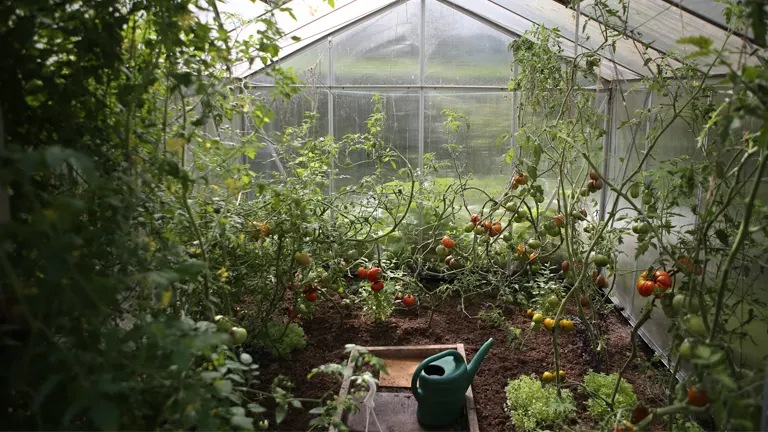
In this guide, we’ll share nine tested and proven hacks to elevate your tomato gardening game, plus a bonus tip that might just revolutionize your entire approach. Get ready to turn your tomato crops into the envy of neighbors and the highlight of your harvest!
List of 9 Tomato Growing Tips That Really Work:
- Strategic Fertilization
- Seed Fermentation
- Ethylene-Induced Ripening
- Diverse Planting Times
- Deep Planting Technique
- Top Pruning
- Sunlight Optimization
- Cloning Your Favorites
- Efficient Space Utilization
1. Strategic Fertilization
To ensure healthy growth and abundant harvests, tomatoes need careful fertilization management. Initially, they require a significant amount of nitrogen to develop strong leaves crucial for photosynthesis and overall vitality. As they transition to flowering and fruiting, it’s essential to switch to a fertilizer with lower nitrogen and higher phosphorus and potassium content.
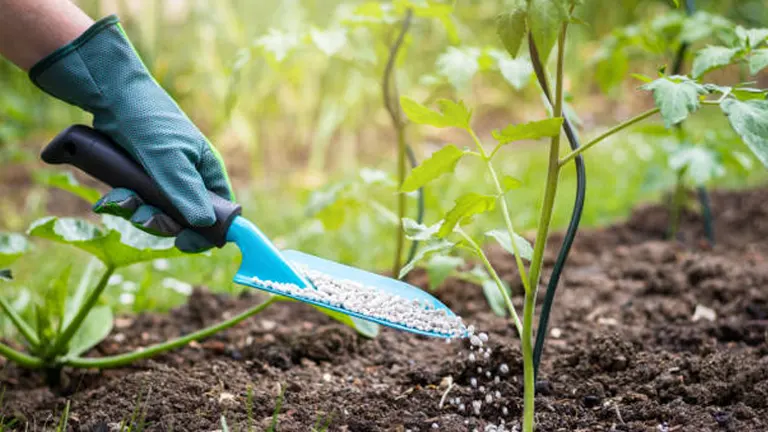
This change promotes better fruit development and prevents excessive leaf growth. Espoma Organic’s Tomato Tone, with an N-P-K ratio of 3-4-6, is ideal for this phase, supporting robust fruit production while keeping the foliage healthy. This strategic fertilization approach helps tomatoes grow vigorously and produce a plentiful, delicious crop.
2. Seed Fermentation
For gardeners looking to extend the viability and health of their tomato seeds, fermentation offers a superior alternative to traditional drying methods. Begin by extracting seeds and pulp into a jar using the juice from a ripe tomato, which aids the fermentation process.
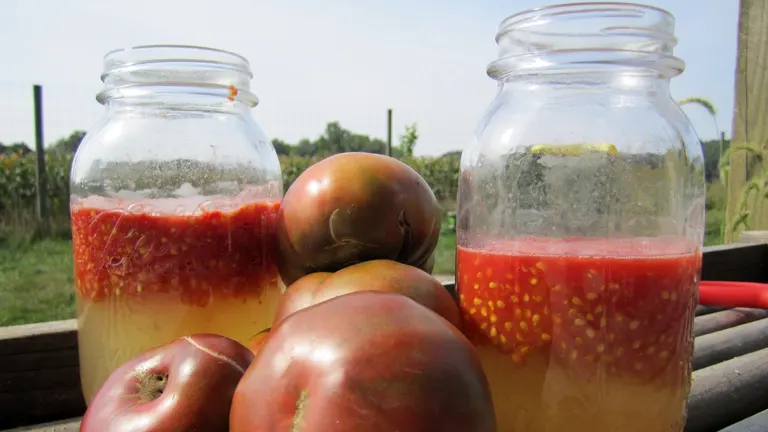
Allow the seeds to ferment for a few days; this breaks down the gelatinous coating that surrounds them, removing disease agents and enhancing their longevity. Once fermentation is complete, rinse the seeds thoroughly and spread them out to dry. This method not only ensures seeds are disease-free but also improves their storage potential, making them easier to plant when needed.
3. Ethylene-Induced Ripening
To accelerate the ripening of tomatoes that are still green due to early frosts or pests, utilize ethylene gas naturally produced by fruits like apples and bananas.
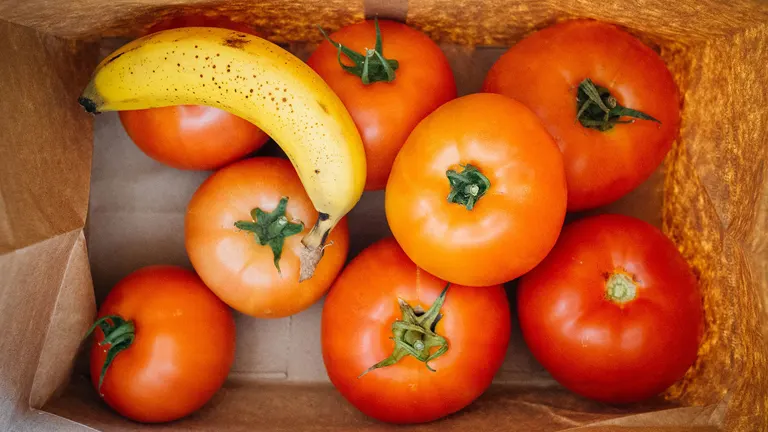
Simply place the unripe tomatoes in close proximity to these fruits in a box, positioning the blossom end upwards to prevent them from spoiling too quickly. It’s essential to check on them daily, as this method can rapidly advance ripening, and you’ll want to avoid the tomatoes becoming overly ripe.
4. Diverse Planting Times
To manage your tomato harvest effectively, consider planting varieties with different maturity times or staggering your planting dates.
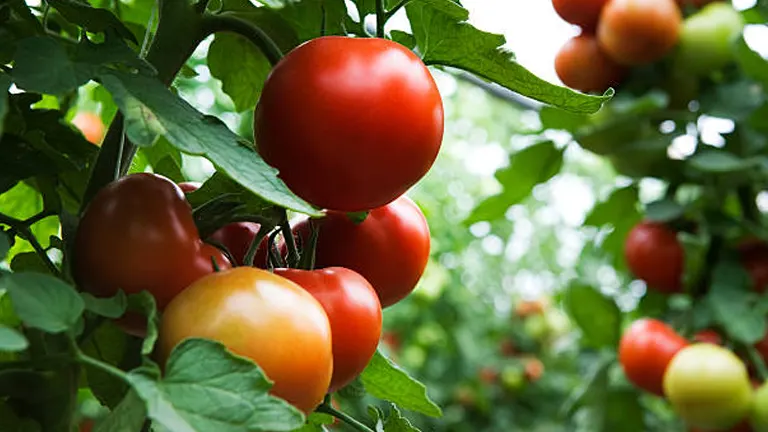
For example, Sun Gold cherries mature in 57 days, Pink-a-licious beefsteaks take 70 days, and Tasmanian chocolates require 85 days. This strategy prevents all your tomatoes from ripening at once, ensuring a continuous supply throughout the season and avoiding excess all at once.
5. Deep Planting Technique
To strengthen tomato plants, especially tall, leggy seedlings, use the deep planting technique by burying them up to two-thirds of their stem height. This encourages the buried stem to sprout additional roots, enhancing stability and nutrient uptake.
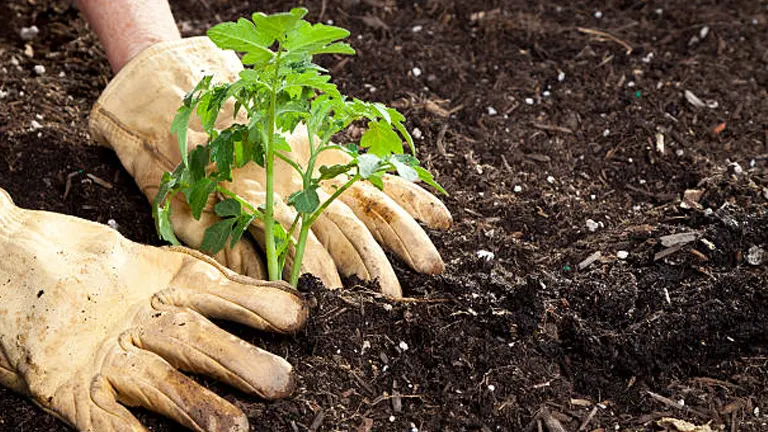
In cooler climates, ensure the soil temperature is above 55 degrees Fahrenheit with a soil thermometer before planting. If temperatures are too low, consider planting seedlings horizontally in a shallow trench as an alternative to promote robust root growth.
6. Top Pruning
Top pruning, also known as pinching off, is a crucial technique for tomato plants, particularly as the growing season draws to a close.
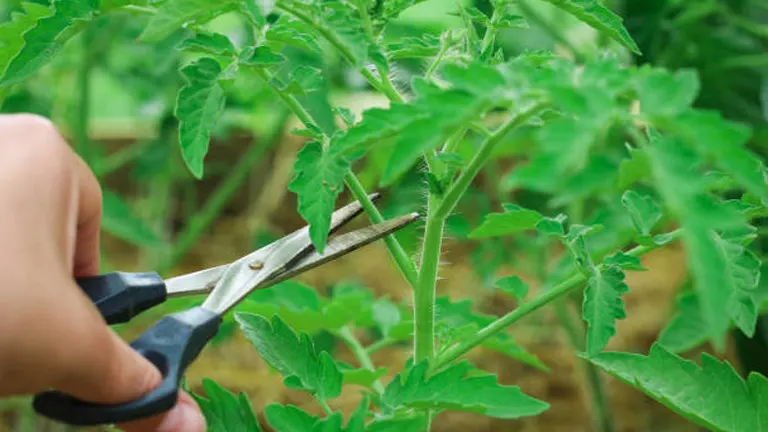
Removing the growing tips, method helps redirect the plant’s energy from focusing on vertical growth to enhancing fruit ripening. This technique is especially beneficial when you need to accelerate the ripening process, ensuring tomatoes mature faster and are ready for harvest before any risk of frost or end-of-season decline.
7. Sunlight Optimization
To maximize the growth and fruit production of tomato plants, it’s essential to optimize sunlight exposure. Large fruiting varieties, such as beefsteaks, need at least 10-12 hours of direct sunlight daily due to their size and energy requirements.
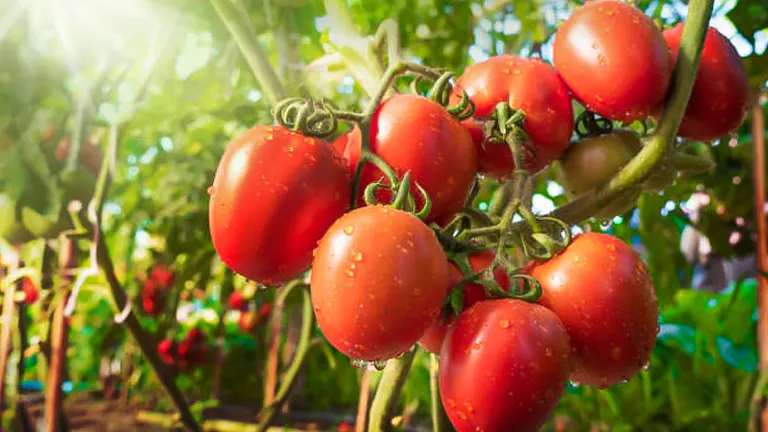
In contrast, smaller varieties like cherry tomatoes can thrive with slightly less sunlight. For gardeners in areas with limited sunlight, prioritize the sunniest spots for larger varieties and allocate the less intense sun areas to smaller ones. This strategic placement ensures that all your tomato plants have the best conditions possible for healthy growth and abundant yields.
8. Cloning Your Favorites
Cloning is an effective way to quickly propagate your favorite tomato varieties, especially if you’re pressed for time. To clone a tomato plant, select a healthy sucker, which is a small shoot that grows from the stem.
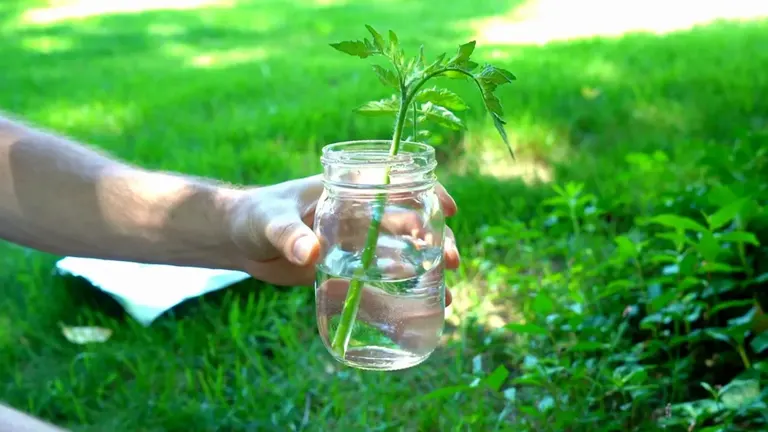
Carefully remove it and place it in water or a moist seed-starting mix to encourage rooting. This method bypasses the longer germination period of seeds, allowing you to expand your tomato garden more rapidly and efficiently, potentially saving weeks of growth time.
9. Efficient Space Utilization
For gardeners dealing with limited space, effective pruning is key to maximizing yield. By trimming tomato plants to maintain just one or two main stems, you can plant them closer together.

This not only saves space but also accelerates fruiting, as the plants aren’t expending energy on multiple stems. This approach allows you to cultivate a diverse range of tomato varieties within a small area, optimizing your garden’s productivity and variety.
Bonus Hack: Dry Farming Tomatoes
Dry farming tomatoes is an innovative technique adapted from viticulture, where tomatoes are grown without supplementary irrigation. This method is particularly effective in areas with clay-rich soils and moderate climates that benefit from seasonal rainfall.
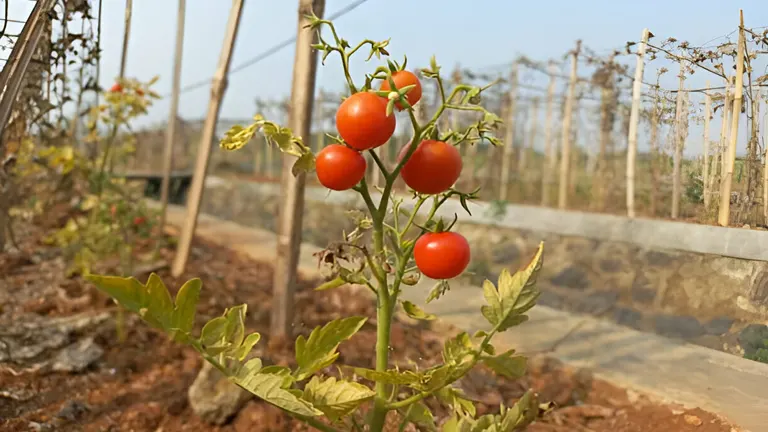
By relying solely on natural precipitation, the plants experience a level of stress that can significantly enhance the flavor and texture of the tomatoes, producing a more intense and satisfying taste. This water-conservation method not only saves resources but may also result in superior quality produce.
Troubleshooting Tips for Tomato Gardening Hacks
While the hacks outlined in this article can greatly enhance your tomato gardening experience, sometimes you might encounter a few hiccups along the way. To help you navigate these potential challenges, here are some troubleshooting tips for common issues:
- Fermentation Not Starting: If you notice that your seeds are not fermenting, check the temperature of the room. Fermentation requires a warm environment (around 70°F). Also, ensure that there is enough natural juice in the seeds to kickstart the process.
- Challenges with Dry Farming: If your dry-farmed tomatoes seem stressed or your yield is low, consider adjusting the timing of your planting to ensure the soil has adequate moisture from seasonal rains. Additionally, adding a layer of mulch can help retain soil moisture without watering.
- Over-pruning: If you find you’ve pruned too much and your plants are struggling, reduce the frequency of pruning and allow the plants to recover. Make sure they have enough leaves to conduct photosynthesis and support growth.
- Ethylene Ripening Issues: If tomatoes ripened with ethylene gas from fruits are tasting off or ripening unevenly, ensure they are not too crowded and have sufficient air circulation around each fruit. Also, monitor daily to adjust the proximity to the ethylene-producing fruits as needed.
Advanced Varietal Advice for Tomato Gardening Hacks
Choosing the right tomato varieties is crucial to maximizing the benefits of each gardening hack. Here’s a guide to help you select the best tomato varieties based on your gardening goals and conditions:
- For Ethylene-Induced Ripening: Opt for varieties that ripen uniformly and are known for their robust flavor when ripened off the vine, such as ‘Celebrity‘ and ‘Early Girl‘. These varieties respond well to ethylene and are ideal for climates prone to early frosts.
- For Dry Farming: Choose varieties that are drought-resistant and have deep root systems capable of extracting moisture from clay soils. ‘San Marzano’ and ‘Brandywine’ are excellent choices for dry farming, known for their ability to develop intense flavors under water stress.
- For Diverse Planting Times: To stagger your harvest, select a mix of early, mid-season, and late varieties. ‘Sungold’ (early), ‘Beefmaster’ (mid-season), and ‘Amish Paste’ (late) provide a continuous supply of tomatoes throughout the growing season.
- For Deep Planting: Varieties like ‘Roma’ and ‘Better Boy’ are particularly suited for deep planting as they have vigorous root systems that benefit from the deeper soil contact, leading to stronger, more resilient plants.
- For Top Pruning: Choose indeterminate varieties such as ‘Big Beef’ or ‘Cherokee Purple’ that continue to grow and produce fruit throughout the season. These varieties benefit significantly from top pruning as it helps concentrate the plant’s energy on fruit maturation.
- For Cloning: Look for vigorous, disease-resistant varieties that can easily produce suckers for cloning. ‘Sweet Million’ and ‘Cherry Bomb’ are great choices because of their robust growth and ability to quickly root from cuttings.
Seasonal Guidance for Growing Tomatoes
Growing tomatoes successfully means adapting your gardening practices to the seasons and local climate. Here’s a seasonal guide to help you know what to do with your tomato plants throughout the year, ensuring you get the best from your garden regardless of where you live.
Spring
- Start seeds indoors 6-8 weeks before the last expected frost. After the danger of frost has passed and soil temperatures reach at least 60°F, transplant your seedlings outdoors.
- Enrich your garden soil with compost and a balanced fertilizer before planting.
- Begin to prune early to shape your plants and encourage strong growth.
Summer
- Provide consistent moisture, especially during hot weather. Aim for about 1-2 inches of water per week, more if you are in a hotter area.
- Apply a low nitrogen, high phosphorus, and potassium fertilizer to support fruiting.
- Regularly check for pests and signs of disease. Use organic pesticides and fungicides if necessary to manage outbreaks.
Fall
- Continue to harvest tomatoes as they ripen. For tomatoes that haven’t ripened by the end of the season, pull the entire plant and hang it upside down in a cool, shaded area to extend the ripening.
- Remove old tomato plants and debris from the garden to prevent diseases and pests from overwintering.
Winter
- Review the past season and plan for the next year. Order seeds based on what grew well and what didn’t.
- In milder climates or with protection, you may grow certain varieties of tomatoes indoors or in greenhouses.
Regional Adjustments
- Focus on varieties that have shorter growing periods and can mature before the first frost. Consider using cloches or row covers to extend the season.
- Take advantage of longer growing seasons by planting a second crop in late summer or early fall. Be vigilant about watering and protecting plants from intense midday heat.
Conclusion
These gardening hacks, sourced from extensive experience, are designed to boost your tomato yield and revolutionize your gardening techniques. By implementing these strategies, you’ll enhance the quality and productivity of your tomato plants, making them a standout feature of your garden and a highlight at your table. Try these tips and savor the rewarding results of your efforts!
FAQs
- What soil type is best for growing tomatoes?
Tomatoes thrive in well-draining, nutrient-rich soil with a pH between 6.0 and 6.8. Adding compost or well-rotted manure can improve soil texture and fertility. - How do I control pests naturally in my tomato garden?
To manage pests organically, encourage beneficial insects like ladybugs or use neem oil as an effective natural pesticide. Regularly inspect plants and remove any pests by hand if possible. - What are some effective organic fertilization methods for tomatoes?
Organic fertilizers such as fish emulsion, seaweed extract, and composted manure can be excellent for tomato plants. Apply these according to the growth stage of the plant, as outlined in the article. - How often should I water my tomato plants?
Tomatoes require about 1-2 inches of water per week, depending on weather conditions. It’s best to water deeply a few times a week rather than a little every day, to encourage deep root growth. - When is the best time to prune tomato plants?
The best time to prune depends on the plant’s growth stage. Generally, start pruning once the plant is about 3 feet tall to help improve air circulation and light penetration, which are crucial for fruit development. - Can tomatoes be grown in containers?
Absolutely! Container gardening can be a great option for those with limited space. Ensure you use a large enough container and choose a dwarf or bush variety suited for container living. - What are some companion plants for tomatoes?
Basil, marigold, and carrots are great companion plants for tomatoes, helping to repel pests and improve growth conditions. - How can I prevent tomato diseases?
Prevent diseases by rotating your tomato plants each year, avoiding overhead watering, and cleaning up plant debris at the end of the season. Also, ensure adequate spacing between plants to improve air circulation.
We hope these tomato gardening tips help you achieve a bountiful harvest! Do you have any tricks or experiences to share? Drop a comment below—we’d love to hear from you and learn together. If you found this helpful, why not share it with your fellow garden enthusiasts? Let’s keep the gardening community growing!

Kristine Moore
Forestry AuthorI'm Kristine Moore, a seasoned garden landscaping professional with over 30 years of experience. My extensive career has been dedicated to transforming outdoor spaces into stunning, sustainable landscapes. With a deep understanding of horticulture, design principles, and environmental stewardship, I have become a respected figure in the field, known for creating harmonious, visually appealing, and eco-friendly gardens. My commitment to excellence and continuous learning in landscaping trends and techniques has solidified my reputation as an expert in garden design and implementation.


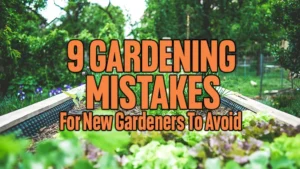

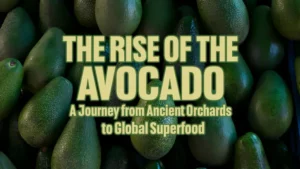



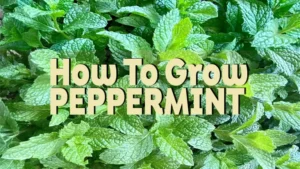
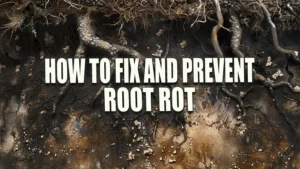
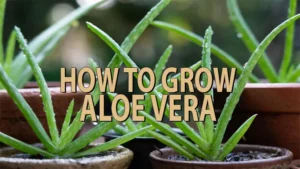
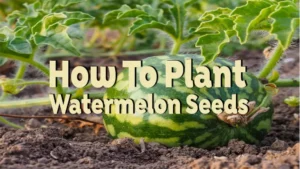

Leave your comment